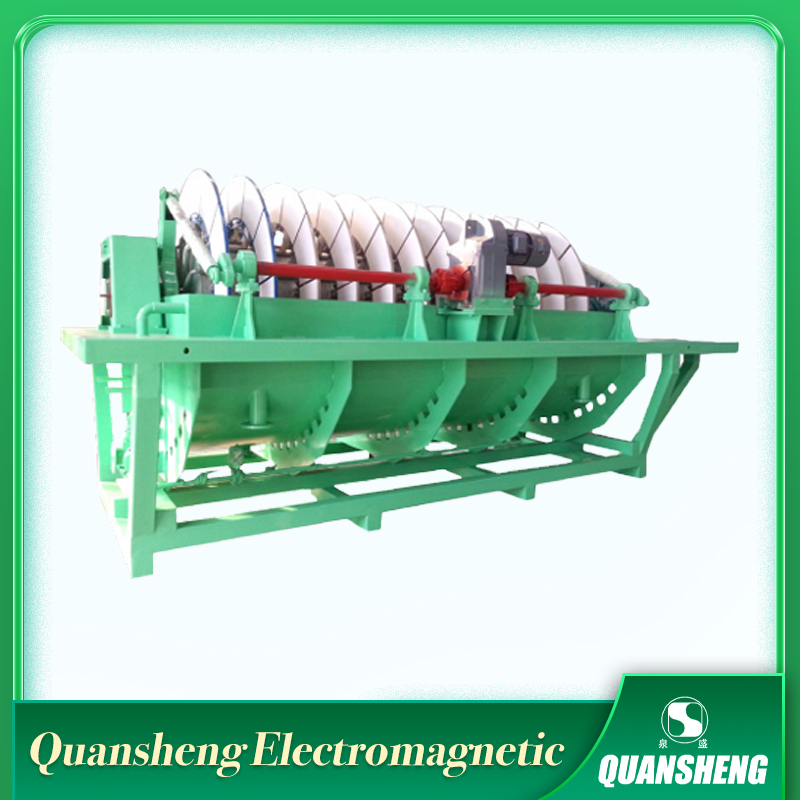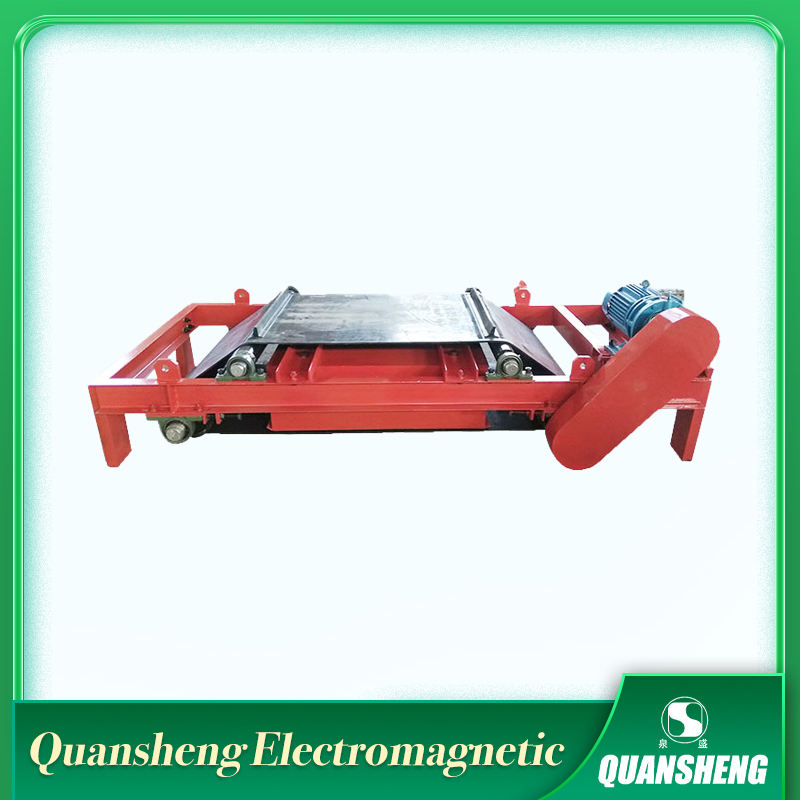
Ceramic Filter
Widely applied in dewatering of concentrates and tailings for metals including copper, iron, gold, silver, tin, aluminum, lead, zinc, nickel, cobalt, palladium, molybdenum, chromium, manganese, sulfur, phosphorus, coal, silicon, quartz, mica, and bauxite. It is used in industries such as chemical processing of zinc oxide, lead oxide, zinc sulfide, electrolytic slag, leaching residue, and furnace slag, as well as environmental wastewater, sludge, and waste acid treatment. Suitable for non-ferrous metal mining, coal, chemical, pesticide, and pharmaceutical industries' dewatering operations. Applicable to particle sizes from -200 to -450 mesh and various ultra-fine materials.
Characteristics:
1. High vacuum level, excellent filter cake drying performance, high production efficiency, and solid recovery rate.
2. Clear and transparent filtrate, clean working environment.
3. PLC control with high automation, easy operation, and smooth operation; continuous operation with high equipment utilization rate.
4. Significant energy-saving effects, low operating costs, no expensive filter cloths required, low spare parts consumption, with energy savings of over 80% compared to traditional filtering equipment.
5. Excellent equipment performance, compact structure, low installation costs, and convenient maintenance.
Working Principle:
The ceramic filter operates based on the principle of capillary micro-pores, using microporous ceramic as the filtering medium. It is a solid-liquid separation device designed with numerous small capillary-action pores. Working under negative pressure, the disc filter utilizes the unique property of ceramic filter plates that allow water passage but prevent air penetration. By creating a vacuum inside the ceramic filter plate's cavity, a pressure difference is generated with the external environment. Under negative pressure, suspended materials in the material tank are adsorbed onto the ceramic filter plate. Solid materials are trapped on the ceramic plate surface due to the micro-porous structure, while liquids pass through the plate due to the vacuum pressure difference and the plate's water-permeability, entering the gas-liquid distribution device (vacuum tank, dewatering tank, or filtrate tank) for external discharge or recycling, thus achieving solid-liquid separation.
QSTC series ceramic filter
| Model | Ceramic plate |
Number of discs |
Spindle power (kw) |
Mixing power (kw) |
Vacuum pump and power (kw) |
Drainage mode |
Disc speed (r/min) | Total weight(T) |
Kw Installed power(Kw) |
Operating power(Kw) | Exterior size(mm) |
| QSTC-4 | 2² | 2 | 1.1 | 3 | SK-1B-2.2 | Automatic drainage | 0.5-1.5 | 2 | 9.3 | 6.3 | 2570×2438×2150 |
| QSTC-8 | 4 | 2.2 | 4 | SK-1.5B-4 | 3 | 16.2 | 10.2 | 3180×2438×2150 | |||
| QSTC-9 | 3² | 3 | 2.2 | 4 | SK-1.5B-4 | 3.1 | 13.2 | 10.2 | 2895×2970×2550 | ||
| QSTC-12 | 4 | 3 | 4 | SK-3B-5.5 | 3.7 | 18.5 | 12.5 | 3195×2970×2550 | |||
| QSTC-18 | 6 | 3 | 4 | SK-3B-5.5 | 4.9 | 18.5 | 12.5 | 3795×2970×2550 | |||
| QSTC-24 | 8 | 3 | 5.5 | SK-4B-7.5 | 6.1 | 25 | 16 | 4395×2970×2550 | |||
| QSTC-30 | 10 | 3 | 7.5 | SK-4B-7.5 | 7.5 | 30 | 18 | 4995×2970×2550 | |||
| QSTC-36 | 12 | 4 | 11 | SK-7B-11 | 9 | 38 | 26 | 5595×2970×2550 | |||
| QSTC-40 | 5² | 8 | 5.5 | 7.5 | SK-7B-11 | 10 | 42 | 24 | 4720×3310×2860 | ||
| QSTC-50 | 10 | 7.5 | 11 | SK-8B-15 | centrifugal pump |
12.5 | 51.5 | 33.5 | 5750×3310×2860 | ||
| QSTC-60 | 12 | 7.5 | 15 | SK-8B-15 | 15 | 61.5 | 37.5 | 6370×3310×2860 |



















陶瓷真空过滤机.png)
陶瓷真空过滤机.png)
DF陶瓷过滤机.png)






